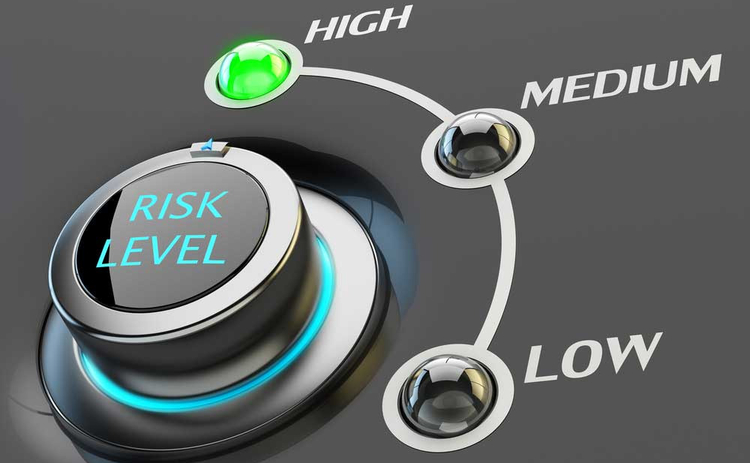Where should your lead indicators (KRIs or Key Risk Indicators in the field of risk) come from?
A few years ago my colleague Andrew Prately and I toured the country to speak at Chartered Accountants Business Forums. We spoke on KPIs – Key Performance Indicators. We talked about lead and lag indicators and we talked about limiting the number of KPIs, as having too many creates its own industry of measurement and reporting with very little influence on decision making. Because more often than not organisations are not measuring enough of the measures that really matter.
The answer to identifying the lead indicators (or KRIs) you should be measuring are best identified after you have a very clear understanding of the drivers of what is important to you. If your organisation has identified its strategic risks you likely have some high risks on a heat map. If you have high risks, presumably they are important to you. And if you follow my suggestion from last week’s Escaping the Matrix! blog you will be working on developing real clarity on what is driving the likelihood or consequence (or both) for one or more of your high risks. You should also be seeking clarity on the controls being relied upon to manage the risk. Are they reliable and effective when being deployed?
In amongst this analysis you will find one or two really important lead indicators you should be monitoring to give an early warning of this risk evolving into a risk event. For example, when it comes to safety in higher hazard industries, the one thing that matters the most is the level of engagement of senior management in conversations about safety. Staff take safety very seriously if senior management take it very seriously. Measuring the number and quality of senior management site safety visits would be a very good indicator, months in advance, of how your safety record will be trending.
Stay safe and adapt – with better measurement!

